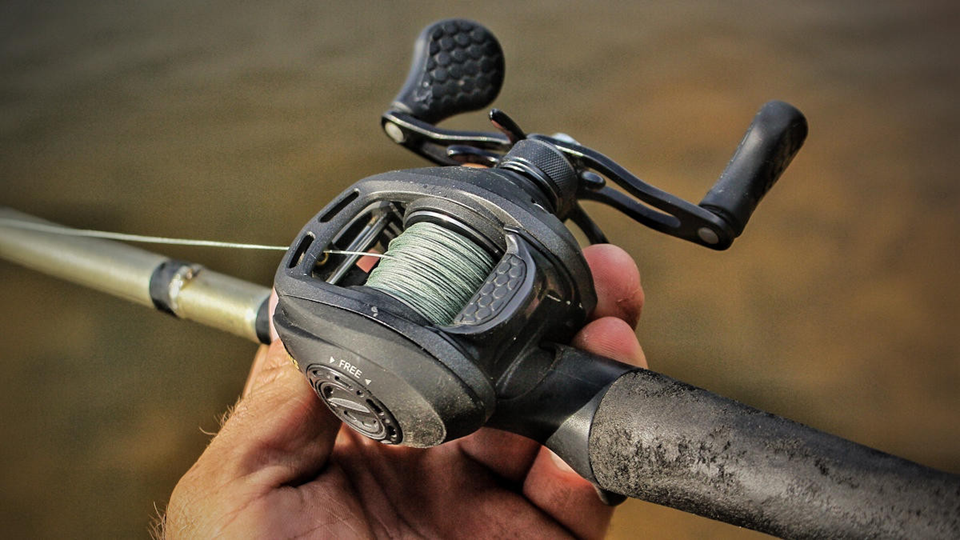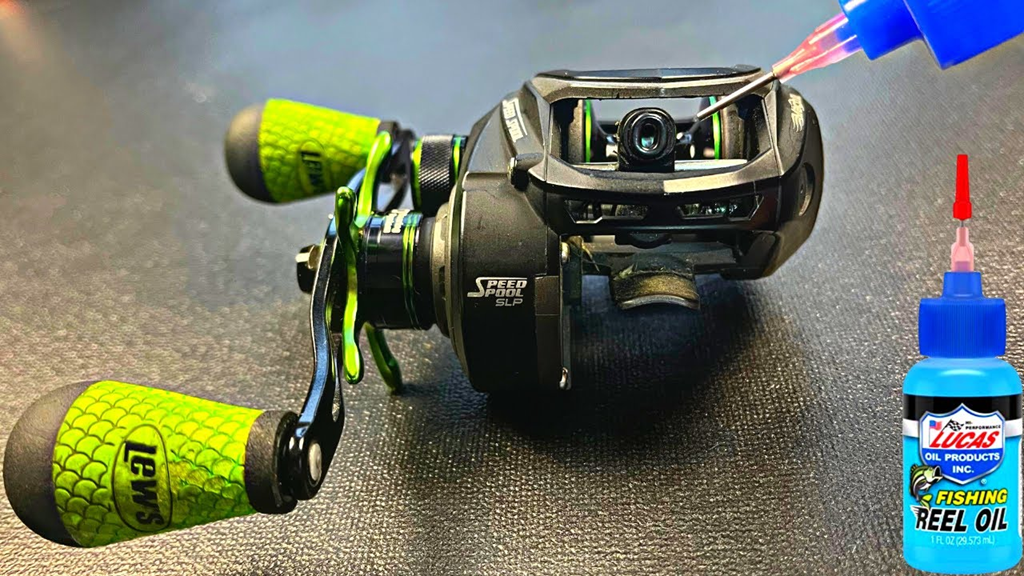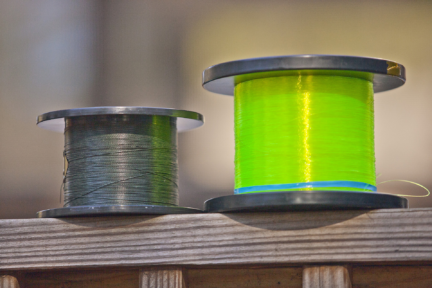Baitcasting reels for beginners can be intimidating, but with the right techniques and consistent practice, you can easily learn how to use a baitcasting reel like a pro. This guide will walk you through the steps to properly set up your reel, adjust the brake and drag systems, and refine your casting technique to avoid backlash. Whether you’re new to baitcasting or looking to improve your skills, this guide is here to help you achieve your best cast yet. Let’s dive in!
What Is a Baitcasting Reel?

A baitcasting reel is a type of fishing reel designed for precision and control. Baitcasting reels for beginners can feel challenging, but with practice, they provide unmatched casting distance and accuracy. The primary issue many face is backlash, a frustrating tangle that happens when the spool’s speed outpaces the line release, resulting in a mess of tangled line. However, with the techniques outlined below, you’ll overcome this common issue and gain confidence with a baitcaster.
Best Line Setup and Release
Choosing the Right Line
To get started, selecting the best fishing line for baitcasting reels is crucial. The three main types of lines you should consider are:

- Monofilament: Ideal for beginners due to its affordability, stretch, and resistance to backlashes.
- Fluorocarbon: Known for its low visibility in water, perfect for use as a leader, and nearly invisible.
- Braided Line: Best for advanced anglers, offering strength and sensitivity, but lacking grip.
Pro Tip: For optimal results, mix all three types:
- Use monofilament as backing.
- Spool the mainline with braid.
- Add a fluorocarbon leader for stealth and durability.
Line Release Technique

- Ensure your baitcaster hangs 6–12 inches from the tip of the rod.
- Press the spool release button while holding the spool to prevent it from dropping.
- Cast your rod at a 2 o’clock position for better accuracy and control.
Spool Tension Settings
Adjusting the spool tension is key to smooth casting and preventing backlash. Here’s how to do it:

- Hold your rod at a 2 o’clock position.
- Tighten the tension knob (located on the side plate) until you feel light pressure.
- Press the thumb bar and let the lure drop slowly to the ground.
- Adjust the tension knob to ensure the lure falls steadily without causing line overrun.
Brake System Adjustments
The brake system is one of the most critical components of a baitcasting reel. Understanding how to adjust it correctly can significantly improve your casting experience.
Types of Brake Systems
- Centrifugal Brake System
-Uses small weights inside the side plate to activate the brake.
– Adjustments are made via a symmetrical pattern for balance. - Magnetic Brake System
– Easier for beginners.
– Adjust with a dial from ‘Min’ to ‘Max’ or 1 to 10. - Hybrid Brake System
– Combines centrifugal and magnetic braking.
– Adjust both systems for optimal performance.
Drag System Settings
Properly setting the drag system is key for smooth fishing. To adjust the drag system on your baitcasting reel:
- Locate the star-shaped dial between the reel handle and the body.
- Turn the star forward to tighten the drag or backward to loosen it.
- Set the drag tight enough to avoid slipping, but not too tight to prevent it from giving under pressure.
Handle the Right Grip
How you grip your baitcasting reel can impact your casting precision and comfort:

- Dominant Hand Placement: Begin with your dominant hand holding the reel. Place your thumb over the spool for better control.
- Short Casting for Beginners: Practice with short casts to minimize errors and build confidence.
- Experiment with Grip Angles: Find the grip that feels most natural and comfortable for your casting technique.
Common Troubleshooting Tips

How to Avoid Backlash
- Adjust the spool tension knob to match the weight of the lure.
- Start with a higher brake setting and decrease it as you gain confidence.
- Begin with short casts and gradually extend to longer distances.
When to Replace Your Line
- Replace monofilament every 6 months.
- Check braided lines for fraying and wear, replacing them when needed.
Baitcasting Reel Adjustments at a Glance
| Component | Adjustment | Tighten or loosen the knob |
| Spool Tension | Tighten or loosen knob | Prevent backlash, smooth casting |
| Brake System | Adjust centrifugal, magnetic, or hybrid | Control spool speed and distance |
| Drag System | Tighten or loosen drag star | Manage resistance during fish fight |
| Grip Technique | Adjust hand placement | Improve casting control and comfort |
Conclusion

Mastering baitcasting reels takes time and patience, but with the right techniques, you can easily become a pro. By perfecting the art of line setup, tension adjustments, brake system calibration, and grip techniques, you’ll transform every fishing challenge into an opportunity for success. Practice is key—stick with it, and you’ll soon be fishing like a seasoned angler!


Leave a Comment